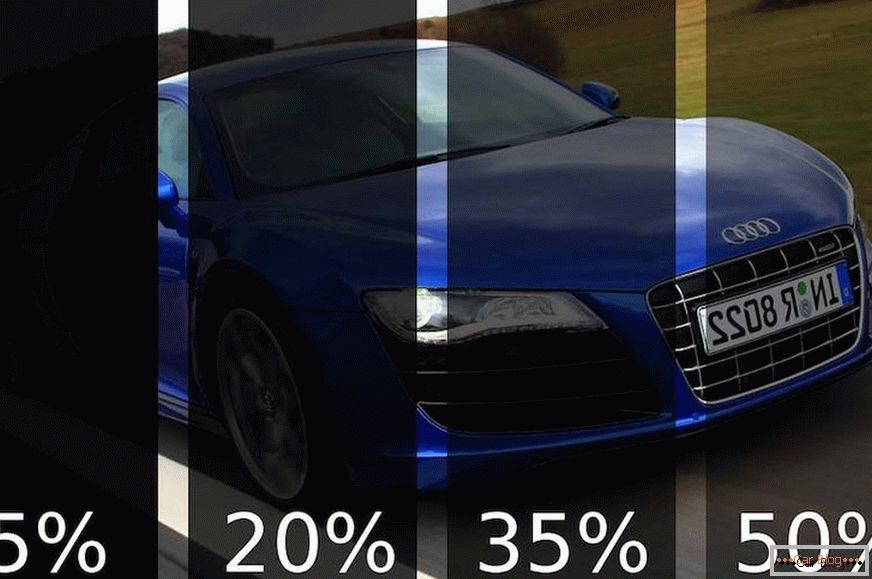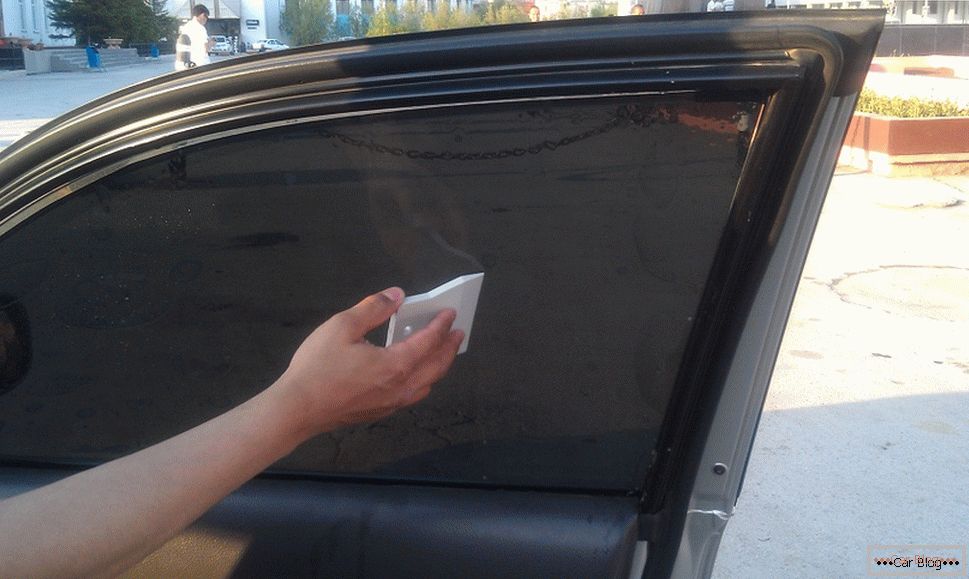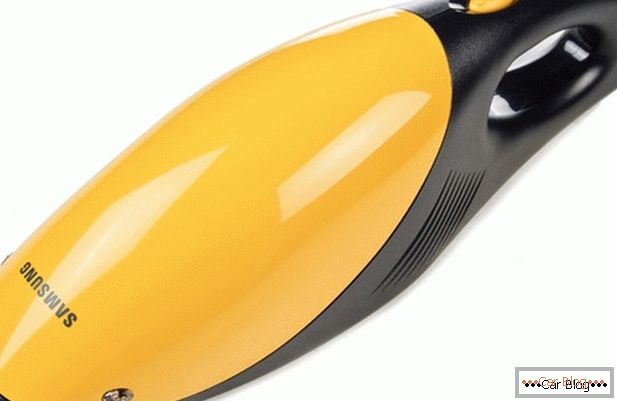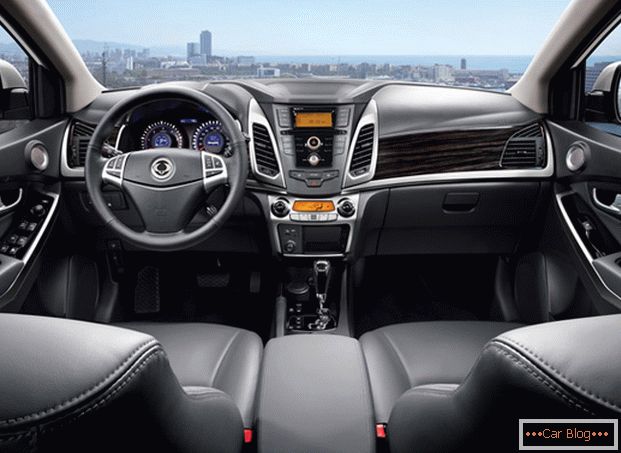Protect the interior from exposure to the sun and prying eyes, to give it a more presentable look will help tinted glass. Run it yourself is quite capable of any car enthusiast. Beforehand, you should stock up with tools (household or building hair dryer, spray gun, breadboard knife, hard forcing) and materials (film, detergent, napkins).
Perform tinted glass in the car yourself: a sequence of actions

The main stages of toning include:
1. Preparation of glasses. Outside and inside, their surface must be cleaned, moistened with a spray solution or a special agent from a sprayer, and then wiped with a napkin.

2. Installing the film. Pre-need to cut the film to the size of the glass. Make it more convenient on the outside, although the film is glued to the inside. To fix the film, the glass can be slightly moistened, and using a knife, cut out the desired shape, leaving 1 cm allowance at each edge. To make it easier to work with the top edge, you can slightly lower the glass.

3. Before gluing, it is necessary to separate the film from the transparent protective layer. Then press it to the inside of the glass with an adhesive surface. Using a soft cloth, wipe the film in horizontal motions to remove air bubbles. With particular care, you should fill the edges of the film under the seals, using a hard distillation, immediately cutting off the excess.

What is important to remember during the work
When laying the film on convex surfaces, you can use a hairdryer. Warm air will help the film to take the necessary shape.
See also: Choosing acoustics in the car
In order to achieve full contact of the film with the glass surface, it is better to limit the use of glass for several days (do not lift or lower them).
Choosing a film, you should pay attention to its degree of darkening, which can be 5-75%. Films are black and with different shades. It can be matched to the body color. An interesting solution is to use a film with a gradation of several tones, as well as with the addition of metal oxide, which creates a small mirror effect.
Subtleties of legislation

Officially established restrictions on the use of the film, depending on its ability to reflect light. For side front and windshields, it is allowed to use a film with a light transmittance of at least 75%. For windshields, it is allowed to perform tinting with a band width of about 14 cm. The light transmittance of the film installed on the rear window and the side rear windows is not legally standardized.



